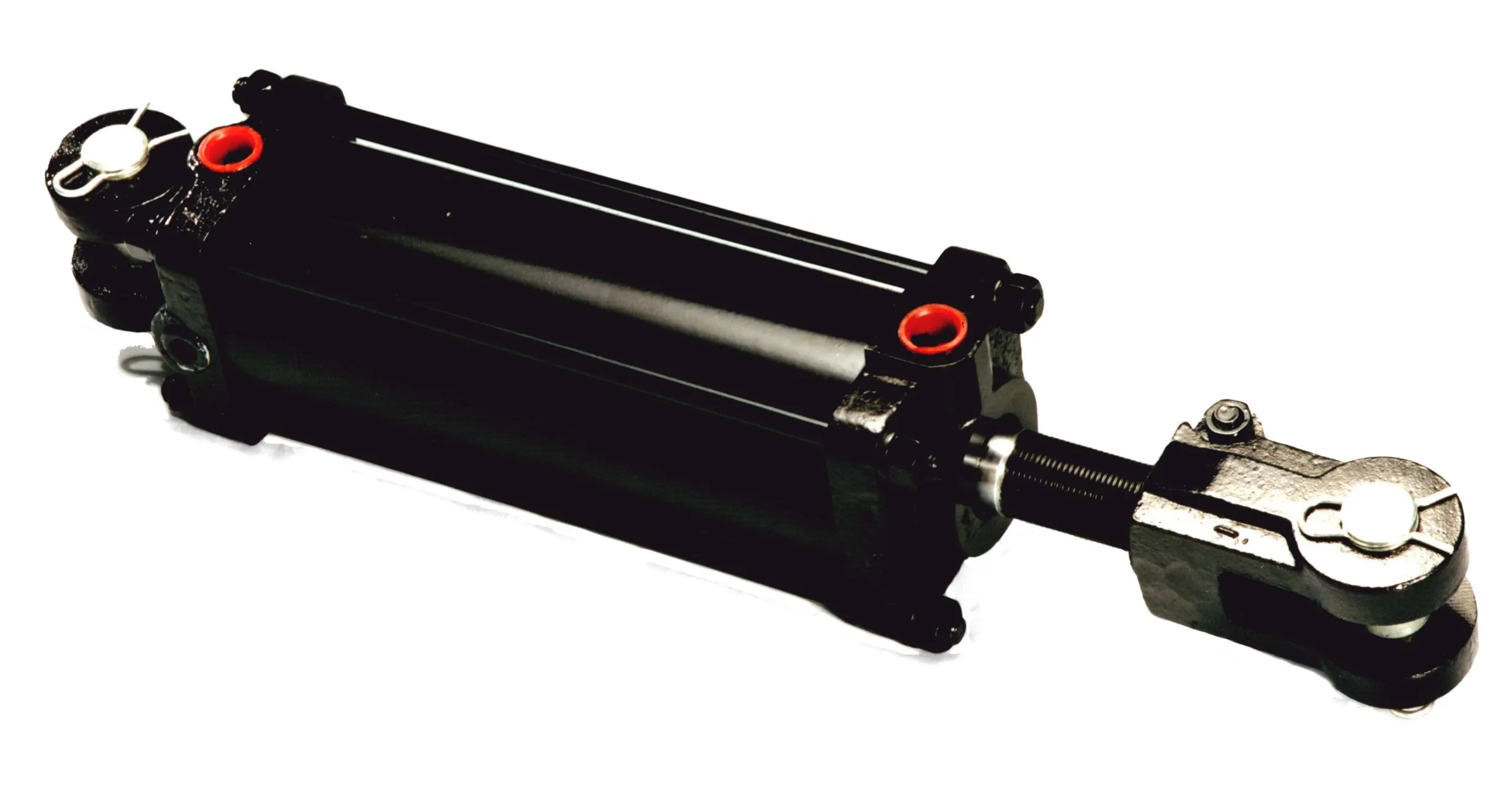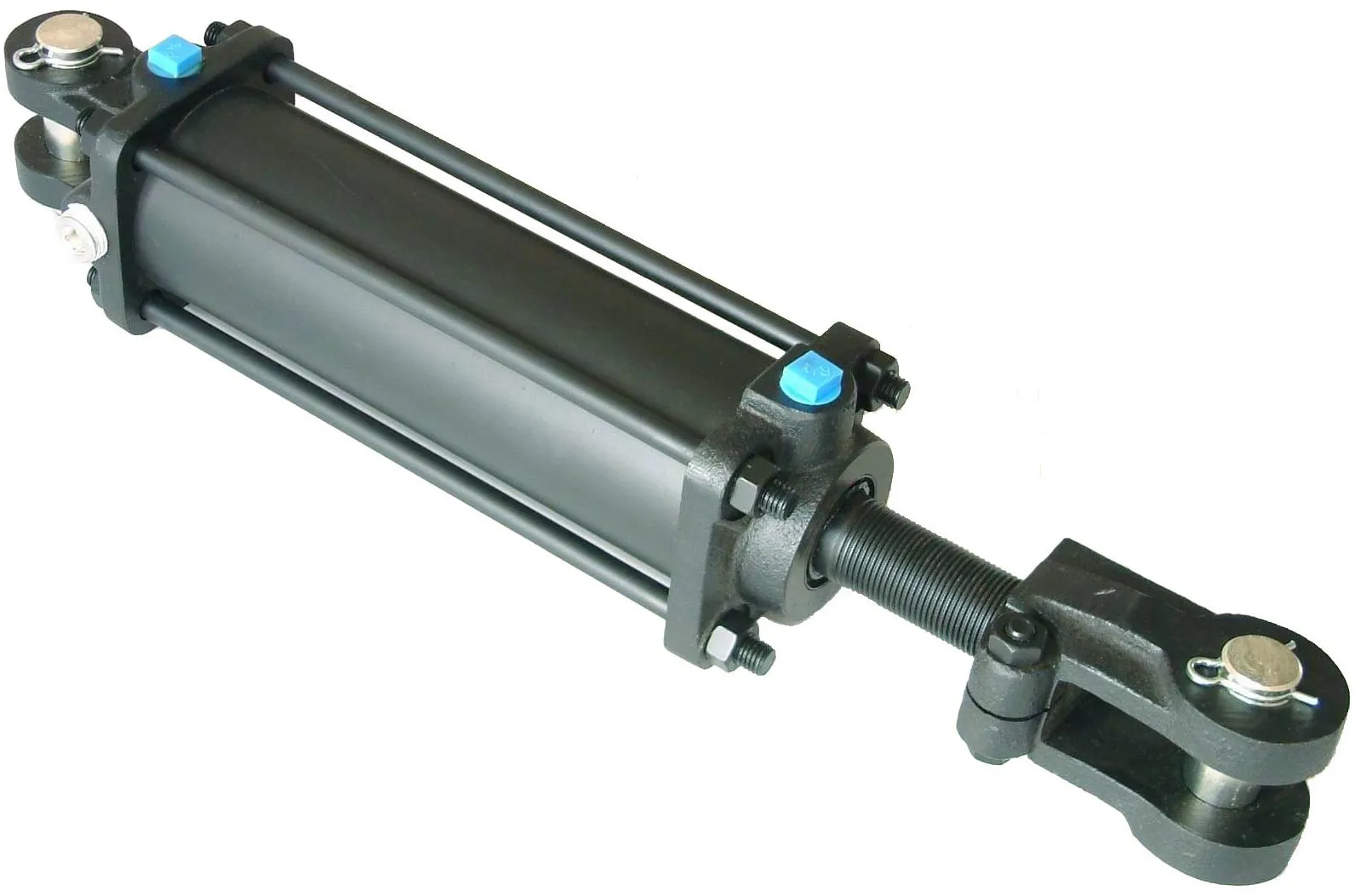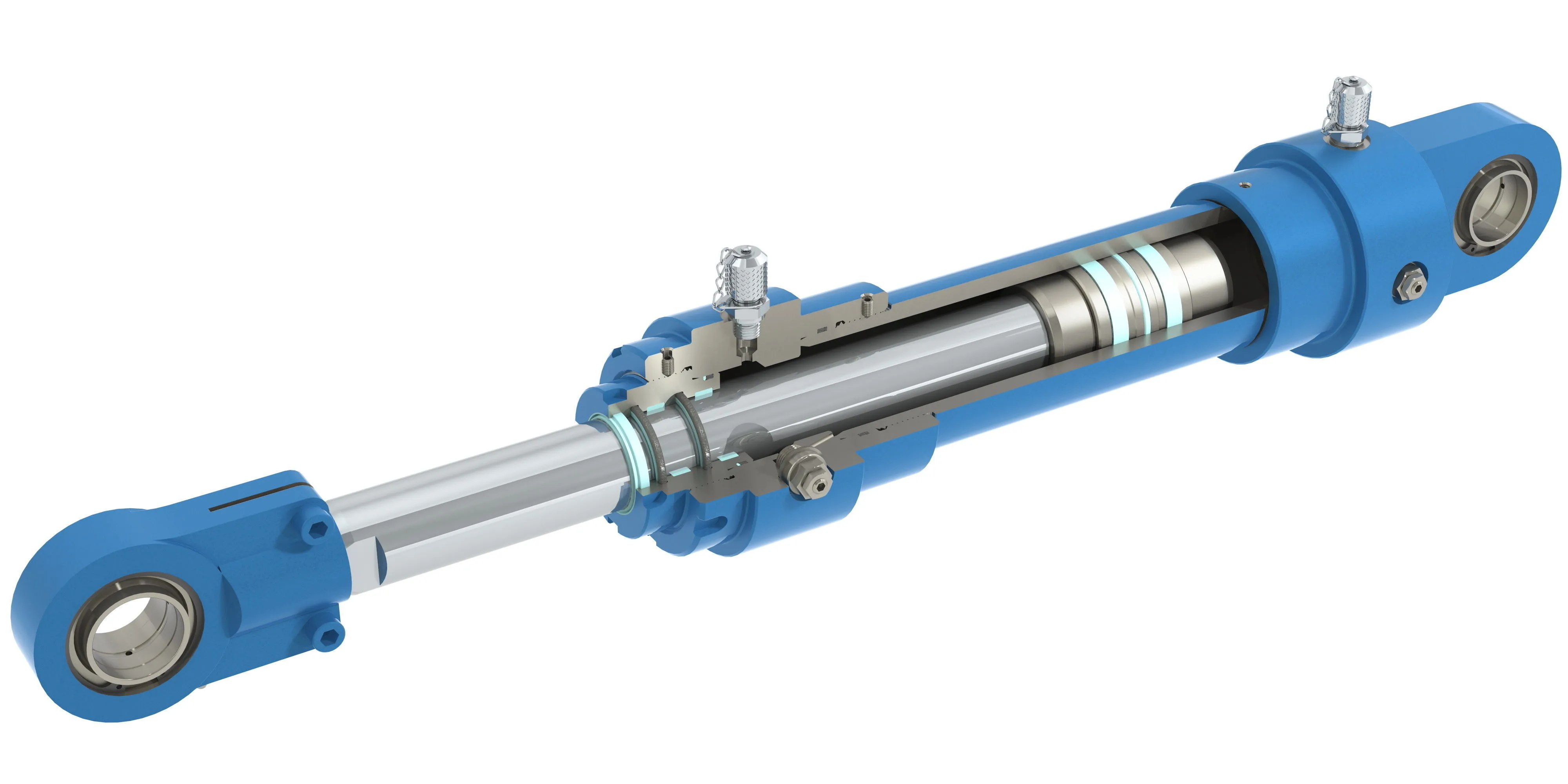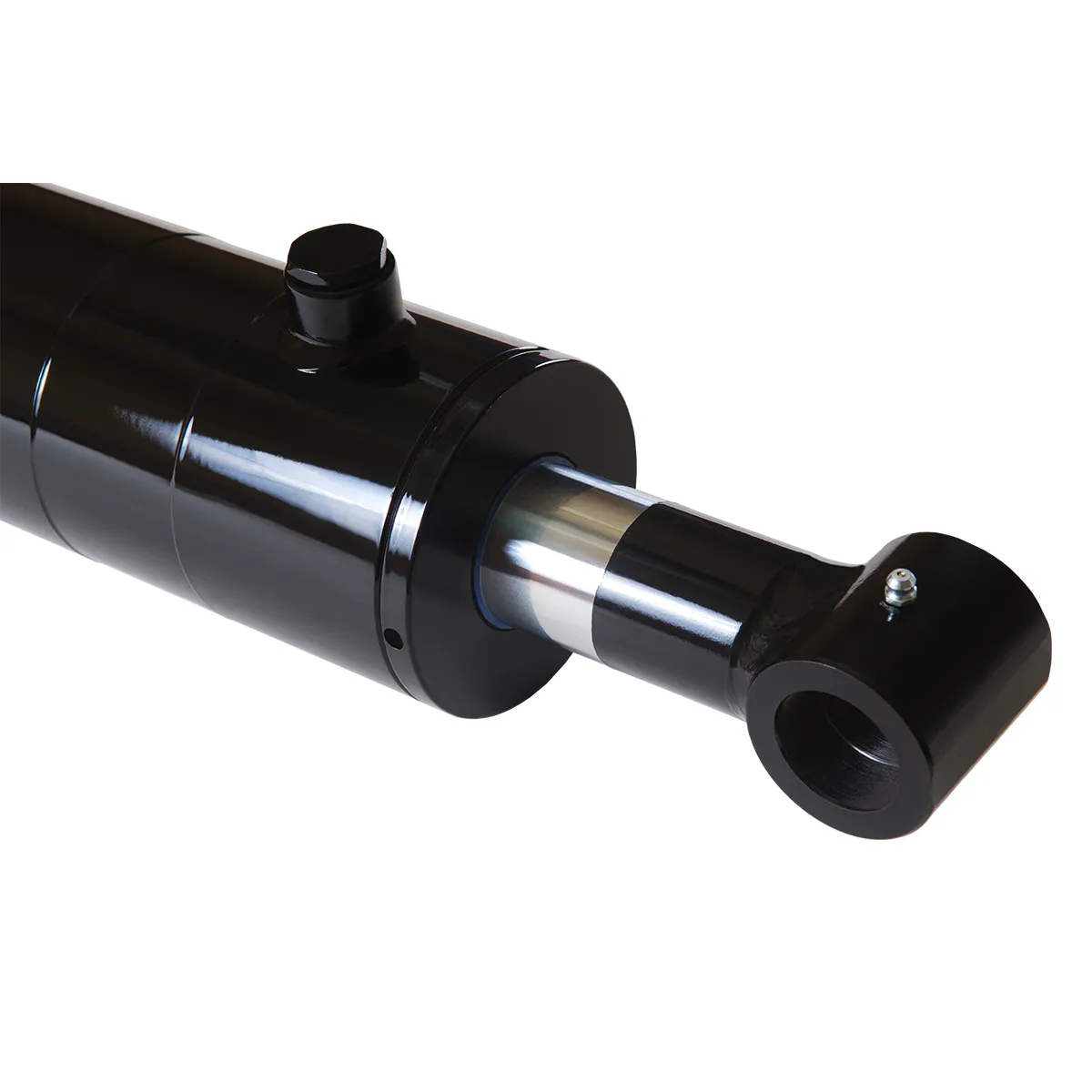Exploring the Spring-Return Single-Acting Hydraulic Cylinder in Maintenance Equipment
Definition of Spring-Return Single-Acting Hydraulic Cylinder
Spring-return single-acting hydraulic cylinder is a hydraulic cylinder that utilizes hydraulic oil to expand the piston. When pressure is released, the built-in spring automatically retracts the piston.
Design and Construction Characteristics
- Single-Acting Structure: Hydraulic oil pressure is utilized for movement in one direction, while the return depends on the built-in spring.
- Spring Selection: Appropriate spring choice ensures quick and complete reset after pressure release.
- Sealing Design: High-quality sealing materials are essential to prevent oil leakage and ensure system efficiency.
- Strength and Durability: Material selection must consider the ability to withstand high pressure and impact, typically using high-strength steel.
Construction and Assembly Process
The assembly process requires precise component alignment, especially the piston and cylinder block, to minimize friction and wear. Strong welding and mechanical connections are vital to prevent oil leakage or breakage under high pressure. Testing and debugging post-assembly ensures normal hydraulic cylinder operation.
Working Principle
The spring-return single-acting hydraulic cylinder operates with hydraulic oil pushing the piston outward against a load. The spring mechanism retracts the piston to its initial position when hydraulic pressure is released.
Types and Configurations
There are three different types of spring-return single-acting hydraulic cylinders, each with unique configurations tailored for specific applications.
Key Benefits
- Safety – Automatic Reset: Minimizes the risk of accidental drops or loss of control.
- Simplicity – Simple Design: Easy to understand, operate, maintain, and repair.
- Cost-Effective: Economical alternative suitable for various applications.
- Flexible Operation: Strong adaptability for one-way thrust and simple reset applications.
Application Scenarios
- Industrial Machinery – Press: Enhances production efficiency during mechanical pressing.
- Automated Assembly Line: Ensures stability during workpiece positioning.
- Construction Equipment – Hydraulic Jacks: Provides safe lifting and support during construction operations.
- Lifting Platform: Enables safe and rapid movement of workers and materials at construction sites.
- Agricultural Equipment – Agricultural Machinery: Controls various operating components in planters and harvesters.

Design Considerations and Selection Criteria

Key design considerations include bearing capacity, sealing, durability, safety, and maintainability, each crucial for optimal hydraulic cylinder performance.
Sealing and Lubrication
Utilize high-quality seals such as piston seals and rod seals made from wear-resistant materials. Regularly lubricate the cylinder with hydraulic oil to enhance wear resistance and longevity.
Preventive Maintenance
Implement regular inspection and maintenance measures to ensure the proper functioning and longevity of the hydraulic cylinder.
Installation Guide
Follow the correct installation procedures to ensure the effective operation and safety of the hydraulic cylinder.
Maintenance Tasks
Regular inspection, proper lubrication, seal replacement, and calibration inspection are essential maintenance tasks to prolong the lifespan of the hydraulic cylinder.
Safety Considerations
Adhere to safety protocols and environmental factors when operating the hydraulic cylinder to prevent accidents and ensure workplace safety.
Unit Power
Unit power is a critical factor in evaluating hydraulic system performance, directly impacting efficiency, response speed, and operational capabilities.
Influencing Factors

- Hydraulic System Pressure: Output power correlates with hydraulic pressure; consider safety and stability.
- Piston Area: Piston diameter affects power output; a larger area generates more thrust.
- Spring Characteristics: Spring stiffness determines the return force and power requirements.
Optimizing Hydraulic Power Unit
Optimizing the power unit of the spring-return single-acting hydraulic cylinder enhances efficiency, energy savings, and equipment reliability.
FAQs
Answering common questions about spring-return single-acting hydraulic cylinders:
- How does the spring mechanism work in this type of cylinder? The spring mechanism retracts the piston when hydraulic pressure is released.
- What are the main applications of spring-return single-acting hydraulic cylinders? Applications include press machines, automated assembly lines, construction equipment, agricultural machinery, and automotive maintenance.
- What are the advantages of using a spring-return design? Advantages include automatic reset, simplicity, cost-effectiveness, and flexibility in operations.

Long-Tail Keywords
- Spring-Return Single-Acting Hydraulic Cylinder Maintenance Guide: Exploring maintenance practices for optimal performance.
- Spring-Return Cylinder Maintenance Tips: Essential tips for maintaining spring-return single-acting hydraulic cylinders.
- Hydraulic Cylinder Maintenance Best Practices: Implementing best practices for hydraulic cylinder maintenance and care.
Our Company
We are a leading hydraulic cylinder replacement manufacturer, offering a wide product range and customized services in the domestic and international markets.
With professional expertise, international certifications, advanced production equipment, and dedicated after-sales service, we ensure top-quality hydraulic solutions for diverse applications.
Author: lyl
